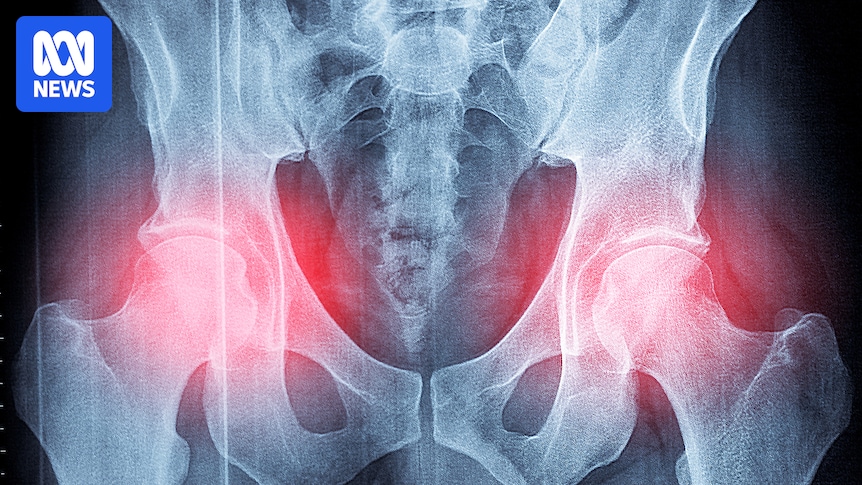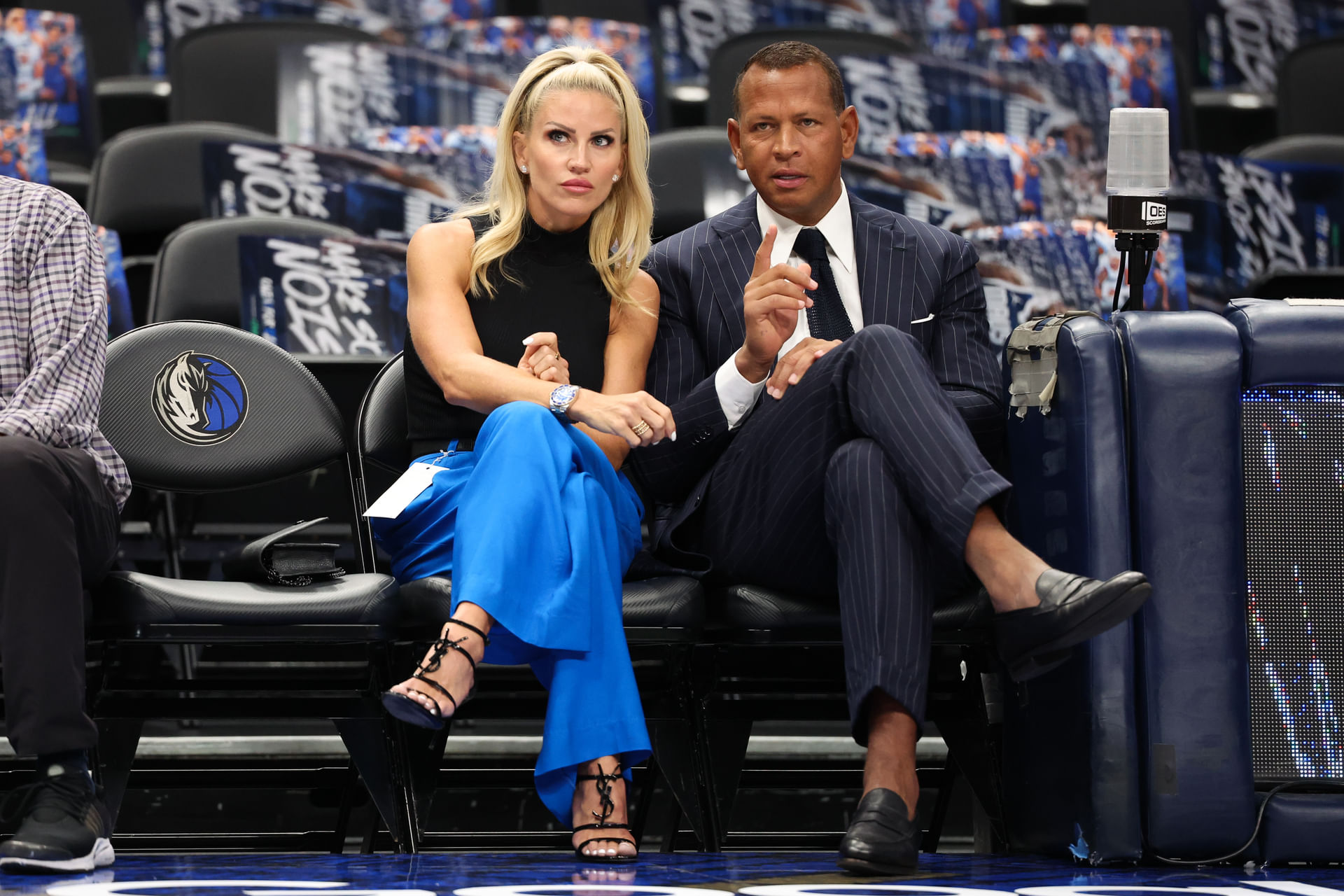A study claiming a popular exercise regimen called OsteoStrong can help strengthen bones in post-menopausal women has been criticised by scientists, with some saying it should never have been published.
The research, which was accepted for publication in the Journal of Clinical Endocrinology & Metabolism (JCEM) in February this year, was hailed as “groundbreaking” by the international franchise behind the exercise program.
“The acceptance of this research in a prestigious, peer-reviewed medical journal like JCEM is a monumental step in validating OsteoStrong as a science-backed solution for osteoporosis management,” the company said in a press release at the time.
But the study has since attracted international criticism, with questions being raised about its design, data analysis and conclusions.
“We really questioned the [journal] editor on how this paper got through the peer-review process,” said Robin Daly, a researcher in exercise and ageing at Deakin University.
“It had so many flaws and so many holes in it.“
Claims ‘not supported by data’
The study examined the effectiveness of the OsteoStrong program, which was described as “a bone-strengthening system implementing four devices and incorporating brief (10-minute), weekly, low-impact, and high-intensity osteogenic loading exercises” in postmenopausal women with osteoporosis.
The researchers separated 147 women into two groups. One group did the program and the other did not. The group that did the exercise program was further divided into two groups, one of which was on bone-strengthening medication and one that was not.
Measures of bone strength were carried out at the start and end of the 12-month trial.
The study claimed bone density was improved in women who did OsteoStrong (compared to those who didn’t), and that among participants who were also on medication, it enhanced the effect of the drugs.
“This is the first study that clearly demonstrates benefit” from the OsteoStrong program, the researchers wrote.
This graph on the OsteoStrong Australia website suggests the program is more effective than drugs at increasing bone mineral density, which is contrary to mainstream understanding. (Supplied)
But among numerous concerns expressed by critics are that the clinical trial had no clear statistical plan, failed to reduce the risk of bias, had no ethical approval and was not registered online for transparency.
According to Professor Daly, “the claims [of the study] are totally misleading. They’re not supported by the data”.
He said the way the study was designed and its results were analysed made it difficult to conclude anything.
“The whole paper is extremely difficult to interpret.
“There’s no way that you can make a claim that it’s an effective program.“
Professor Daly and University of Waterloo bone researcher Lora Giangregorio sent a letter to the editor of the journal calling for the study’s retraction.
Professor Giangregorio was concerned that publicity of the study’s findings would lead people to make uninformed decisions about the OsteoStrong program.
“The way that they present the statistics actually doesn’t make any sense,” she said.
“The claims made in the study were not appropriate.”
OsteoStrong is an international franchise with hundreds of centres including in the US and Australia. (Getty Images: Smith Collection/Gado/Contributor )
Other experts have also expressed concern about the failure of the study to adhere to normal standards and guidelines for clinical trials.
They were concerned the clinical trial was not registered, a practice that helps make research more transparent, and prevent publication bias.
It also lacked appropriate ethics approval and there were “potential unacknowledged conflicts of interest”, Professor Daly added.
In March this year, Osteoporosis Canada expressed concern about the study and the evidence base for the OsteoStrong program.
In a statement, also co-authored by Professor Giangregorio, the organisation said:
… Osteoporosis Canada cannot support recommendations regarding its use for fracture prevention based on existing research.
‘Does not provide believable evidence’
Chris Maher, director of the University of Sydney Institute for Musculoskeletal Health, agreed with the concerns raised about the study.
“That study is flawed and does not provide believable evidence on the effect of OsteoStrong,” Professor Maher said.
He pointed specifically to the lack of registration and ethical clearance.
“It therefore does not conform to the Declaration of Helsinki, so it has no standing in medical science and should never have been published.”
Maria Fiatarone Singh, a University of Sydney geriatrician who researches the impacts of exercise, was also highly critical of the study.
“I think it is too flawed to draw any conclusions,” she commented by email.
“It is shocking that the editors allowed this to be published in a peer-reviewed journal and it indeed should be retracted and re-analysed at the very least.”
‘Plausible’ mechanism
Shoshana Sztal-Mazer, an endocrinologist and expert in bone disease at Alfred Health in Melbourne, said the principle behind OsteoStrong was “plausible”.
The company states its system relies on “osteogenic loading”, which is where force on your bones stimulates them to grow stronger.
“Physiologically it makes sense,” Dr Sztal-Mazer said.
But she agreed there were concerns about the study.
“It doesn’t look like it was rigorously conducted.
“I think that study was not of a standard that we would normally expect to read in that journal.“
Most of our bones’ internal structure is a little like honeycomb, making them rigid yet somewhat light. (Getty Images: Science Photo Library/STEVE GSCHMEISSNER)
One of the major sources of bias in the study, according to critics, was allowing patients to choose which group they were in, Professor Fiatarone Singh said.
“It is well known that people who choose exercise are healthier and at less risk of disease for numerous reasons than sedentary individuals or those who choose a non-exercise control condition when given a choice.”
In a statement provided to the ABC, the Endocrine Society, which publishes the Journal of Clinical Endocrinology & Metabolism, said “we recognise the shortcomings in the research’s design and analyses as reported in the online accepted manuscript.
“Following a detailed editorial assessment, we confirmed the need for significant revisions.”
The authors of the study are in the process of submitting a corrected version of the paper, the statement added.
OsteoStrong was approached for comment, but did not respond specifically to concerns raised by Osteoporosis Canada and others.
Instead, Perry Eckert, managing director of OsteoStrong Australia, pointed to recent unpublished research partly sponsored by the company.
According to Mr Eckert, the study showed “a significant improvement” in bone mineral density and overall strength in 38 postmenopausal women with osteoporosis.
Can exercise increase bone density?
Healthy Bones Australia endorses exercise as an important part of reducing bone loss in older age.
But most trials on exercise programs to strengthen bones are small compared to those studying pharmaceuticals, so the evidence for exercise is not as strong as that for drugs.
The majority of experts the ABC spoke to were not convinced at this stage exercise could reverse bone mineral density loss that occurs in post-menopausal women, although it might slow down the rate of loss.
But despite there being better evidence behind the use of medications to increase bone density, Dr Sztal-Mazer prescribes exercise as well as medications to help stave off bone loss in this age group.
“Exercise is important as a part of holistic care for osteoporosis and generally for healthy bones.”
As well any impact on bone density, the right kind of exercise — along with adequate vitamin D, calcium and other nutrients — plays a key role in preventing fractures, Dr Sztal-Mazer said.
Exercise can also improve strength and balance, which can also help prevent falls, the main cause of bone fragility fractures.
But, Dr Sztal-Mazer cautions, guidelines for exercise used by physiotherapists and exercise physiologists to manage osteoporosis suggests a much bigger time commitment is required than that proposed by OsteoStrong.
“So if somebody’s going to propose a 10-minute-a-week quick fix, it really does need to be proven by rigorous studies.“




